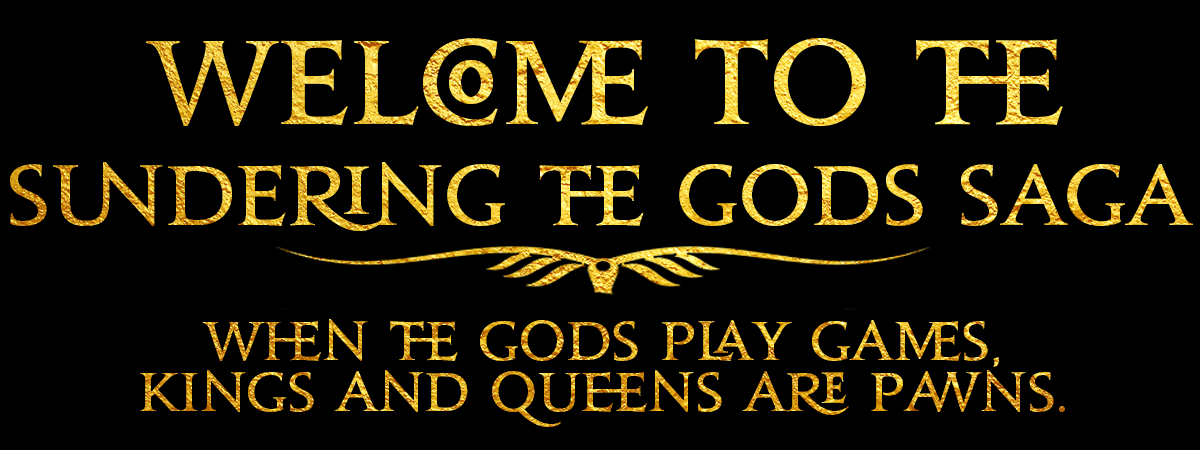Kôlkân (Dwarf) (Kōl-kān)
Height: 4’7” (male) 4’4” (female)
Build: Stocky
Hair: Brown most common, but all typical human varieties
Eyes: Brown most common, but all typical human varieties
Lifespan: 65-70 years
Decoration: Gold, silver and copper jewelry are extremely popular for both men and women. Neither scarring nor tattoos are commonplace outside of Shamans and other religious figures. Hair tends to be long, with the men braiding their hair and women wearing it loose.
Weapon Preferences: Hammer, Crossbow, Pike.
Language: Kôlkâêx
Currency: Îku
Religion: Zomuharu Trinity
Religious Tolerance: Distrustful of all, in particular the Foundations of the Eight Kingdoms that is seen as a threat to their people’s allegiance.
The Kôlkân dwarves were nearly driven extinct immediately after the tectonic shifts that followed the end of the God Wars as their home, the Motokôtô Mountains, were greatly misshaped and hundreds of miles of caverns collapsed as earthquakes rocked the region. Some mountains, if lore and ancient maps are to be trusted, simply disappeared. In addition, the Kôlkân found themselves beset upon by a vicious troglodyte people known as the Bokœ and were driven from their tunnels and into the region now known as the Ôkôtô Badlands. Fortunately for the Kôlkân the region was not yet a desert and supported life well enough for the dwarves to journey far to the west, eventually settling in the Hen-Mokar and Hen-Gwîn Mountain ranges and eventually spreading north into the Ôlôvrek Mountains, although they never come to dominate this northern range.
The Kôlkân recognize two kingdoms early in the First Era, the Mokar and Gwîn, but the mountains are full of scattered families and upstart “kings” delving into the mountains for wealth and glory. Unlike the Eight Kingdoms, where a network of tunnels run throughout the Dragon Span Mountains, the Kôlkân never bother to connect all of their operations, and so with dwarves scattered through caves and mines all across the region, even those declaring fealty to the true kings retain a certain autonomy and bend the knee symbolically most times.
The religion of the Kôlkân, known as the Zomoharu Trinity, is totally unrelated to that of the Eight Kingdoms, which is part of the reason that the Kingdomers do not recognize the Kôlkân as dwarven relatives. This difference in religion along with physical differences in height and appearance creates a major rift between these two peoples when they make contact circa 450 F.E. The Zomoharu Trinity is actually comprised of four entities, Zomoharu itself and three Elemental beings that reputedly reside in the Hen-Mokar and Hen-Gwîn Mountains.
The three Servants are called Îô, Môlkâ and Rîȥ, and they in fact do lend power to the Kôlkân and assist in repelling invaders, but the assistance comes at the cost of servitude and sacrifice, both of blood and treasures. Ritual sacrifice is an aspect of the religion that repulses the Kingdomers, driving an additional wedge between the peoples.
